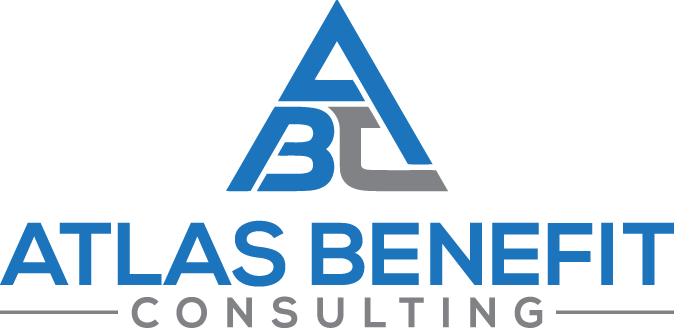Asthma, rhinitis, and sinusitis are a few of the prevalent health and respiratory issues many veterans are suffering from that are likely connected to being exposed to poor air quality from burn pits during their time in service. Waiting for studies and data to “prove” this, so that the VA will more readily recognize these conditions and provide benefits, has been slow-going and disheartening, causing veterans and their advocates years of frustration and struggle. One of the main obstacles is the fact that air quality studies were not routinely conducted during the actual times of burning, causing data gaps and the inability to officially link the air quality to these conditions.
Beginning of Progress
Things need to change quickly for veterans who are struggling to get benefits for conditions most likely related to burn pit exposure. There has been some progress this year. As of August 2, 2021, the VA is granting presumptive service connection for asthma, sinusitis, and rhinitis to veterans who served in specific locations and were exposed to burn pits. To qualify for the presumptive benefit status, the veteran must meet the following criteria:
- Served on or after August 2, 1990 in one of these areas: Iraq, Kuwait, Saudi Arabia, neutral zone between Iraq and Saudi Arabia, Bahrain, Qatar, the United Arab Emirates, Oman, the Gulf of Aden, the Gulf of Oman, the Persian Gulf, the Arabian Sea, the Red Sea, or airspace above these locations
- Served on or after September 19, 2001 in Afghanistan, Uzbekistan, Syria, or Djibouti
- Conditions must have begun within 10 years of exposure in one of the above locations
**Exception- if it’s been more than 10 years since your exposure, BUT you experienced symptoms and had a diagnosis within 10 years after, you can still qualify.
Breakdown on 3 New Presumptive Conditions
Asthma
Asthma is a condition in which airways swell, narrow, and produce extra mucus. This in turns makes breathing difficult. Asthma can range from mild and not very bothersome to dangerous and even life-threatening.
The Mayo Clinic lists the following as signs and symptoms of asthma:
- Shortness of breath
- Chest tightness or pain
- Wheezing when exhaling, which is a common sign of asthma in children
- Trouble sleeping caused by shortness of breath, coughing or wheezing
- Coughing or wheezing attacks that are worsened by a respiratory virus, such as a cold or the flu
Sinusitis (chronic)
Sinusitis is where your sinuses, which are the spaces inside your nose and head, have inflammation and are swollen. Breathing nasally can be difficult, mucus builds up and doesn’t drain properly, and there may be pressure around the sinus cavities. Many people have sinus infections from time to time, but chronic sinusitis means the swelling and inflammation have lasted for more than three months, and are not improving with treatment.
The Mayo Clinic lists the following as signs and symptoms of sinusitis:
- Nasal inflammation
- Thick, discolored discharge from the nose (runny nose)
- Drainage down the back of the throat (postnasal drainage)
- Blocked or stuffy (congested) nose causing difficulty breathing through your nose
- Pain, tenderness and swelling around your eyes, cheeks, nose or forehead
- Reduced sense of smell and taste
- Ear pain
- Headache
- Aching in your upper jaw and teeth
- Cough or throat clearing
- Sore throat
- Bad breath
- Fatigue
Rhinitis
Rhinitis differs from sinusitis in that it is typically characterized by coughing, a dripping nose, sneezing, and more “allergy-like” symptoms. It can come and go year-round, and may be present almost all of the time to some extent, or flare during certain seasons or after exposure to triggers. Over the counter medications often don’t totally relieve chronic rhinitis.
What Does This Mean For You?
Visit the VA Airborne Hazards and Burn Pit Exposure webpage for more information.
- If you applied for any of the three conditions previously and were denied, you can fill out a supplemental claim form here.
- Read all about supplemental claims by visiting this blog post!
- You can file a new claim for one or more of these conditions. When you add the conditions, make sure that under the question “what caused the service connected disability” you select “disability was caused by an injury or exposure during military service”. Disability claim instructions and info can be found here.
- Veterans are encouraged to join the VA Airborne Hazards and Open Burn Pit Registry. Go here to learn more and begin. This can help with keeping track of symptoms, and further speed up data collection to make changes to burn pit exposure benefits.
- Schedule a free appointment (this is not a C&P exam) with an environmental health coordinator that is local to you. Visit this page to connect.
More Information and Resources
We promise to walk with you through the whole process. We help you navigate the complexities of the VA rating and benefit process. Many veterans are underrated and not receiving the maximum benefits and compensation that they have earned and deserve.
Click the button below to visit our website and schedule a FREE consultation call with one of our team members.
Articles on Burn Pit Exposure and Presumptive Conditions
- https://www.fedweek.com/armed-forces-news/veterans-will-now-have-presumptive-conditions-for-burn-pit-exposure/
- https://www.va.gov/opa/pressrel/pressrelease.cfm?id=5699
- https://www.militarytimes.com/veterans/2021/08/02/for-first-time-some-burn-pit-victims-will-get-presumptive-status-for-disability-benefits/

